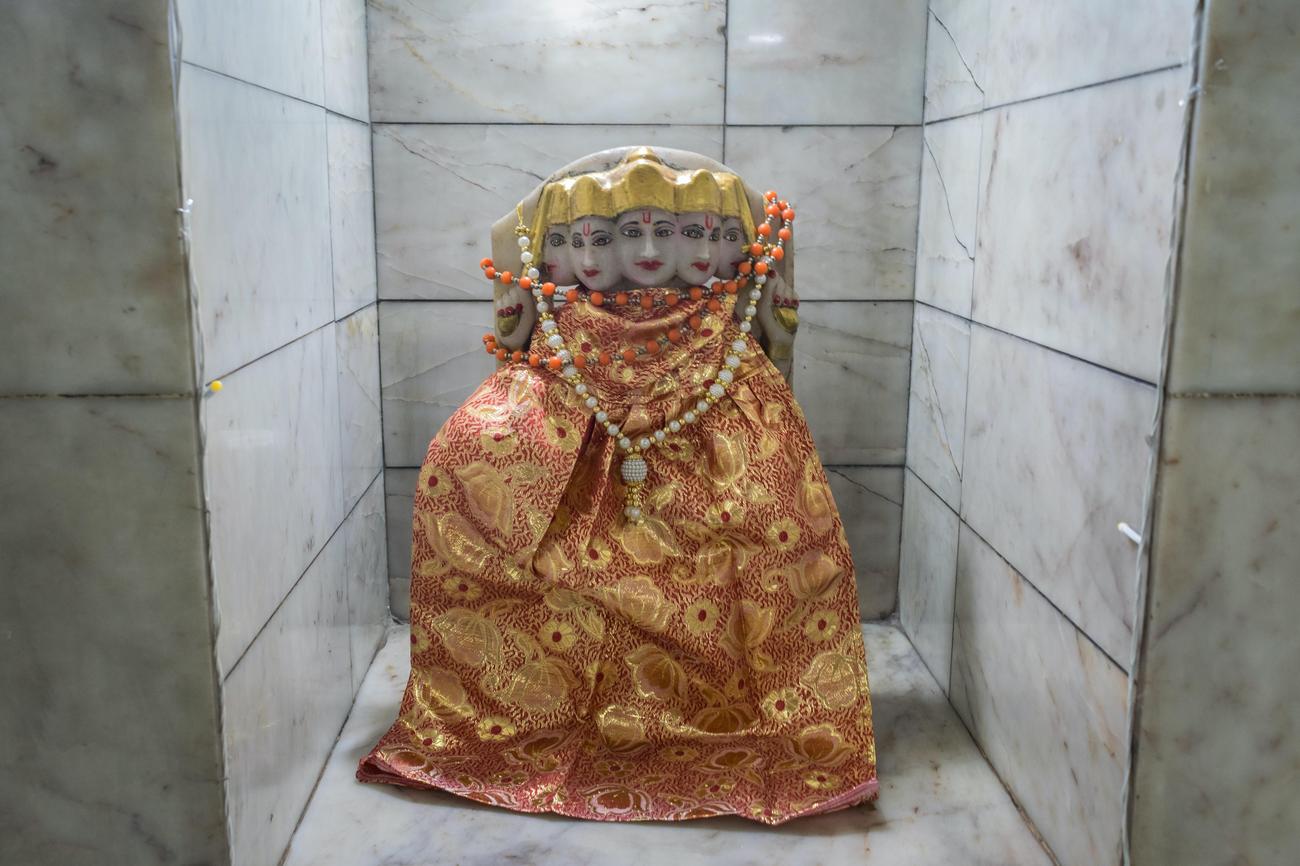Are you ready to embark on a fascinating journey through the captivating realm of foot binding? Get ready to discover unique and intriguing facts that will leave you in awe. In this article, we will delve into the ancient practice of foot binding and unravel its captivating secrets. From the cultural significance of this controversial tradition to the surprising techniques used, prepare to be mesmerized by the intriguing world of fun foot binding facts!

Fun Foot Binding Facts
If you’re looking to delve into the intriguing and controversial world of foot binding, get ready to be amazed by these fun foot binding facts! Let’s uncover the historical and cultural significance behind this ancient tradition that captivated China for centuries.
The Allure of Bound Feet
One of the most interesting aspects of foot binding is the allure it held for Chinese society. The small and delicate feet achieved through binding were considered a symbol of beauty and attractiveness. What made bound feet even more alluring was the fact that they were always concealed under the women’s clothing. This air of mystery and hidden beauty added to their appeal.
“Bound feet were like hidden treasures, their allure only revealed to those fortunate enough to be granted a glimpse.”
An Ancient Ballerina and the Origin
Did you know that foot binding can be traced back to a legendary figure in Chinese history? Precious Thing, an esteemed ballerina from ancient times, is often credited with boasting the first pair of bound feet. Her graceful and delicate movements inspired many women to emulate her. This marked the beginning of a practice that would become deeply ingrained in Chinese culture.
The Tang Dynasty and Foot Binding
While foot binding persisted throughout various dynasties, it was during the Tang Dynasty in China that the practice reached its peak. This era saw the establishment of strict guidelines for foot binding and the emergence of ideal foot shapes. Each empress and concubine had a unique foot shape attributed to her, further elevating the status of bound feet.
The Gruesome Side Effects
As fascinating as foot binding may be, it’s essential to acknowledge the dark side of this tradition. The process of binding feet caused a multitude of problems for the women involved, including infections, paralysis, and even death in extreme cases. The practice took a toll on both physical and mental health, underscoring the sacrifices women made in pursuit of beauty.
The Goal: Tiny Feet!
Foot binding began at an early age, typically around four or five, when a girl’s feet were still developing. The purpose was to prevent further growth and achieve a foot size of 3 to 4 inches. This miniature size was highly sought after, as it represented the pinnacle of beauty and social status.
“The journey towards tiny feet was a lifelong endeavor, with generations of women partaking in this age-old tradition.”
The Status Symbol of Bound Feet
Foot binding was not just about aesthetics; it had profound social implications as well. In Chinese culture, bound feet were seen as a symbol of beauty and status. Prospective wives for sons were often chosen based on the appearance of their feet, highlighting the significance of foot binding in matchmaking and marriage.
A Tradition Spreading Across Classes
Despite being associated with the upper classes, foot binding was a practice that extended beyond social and economic boundaries. Millions of Chinese women, from peasant women to the elite, embraced foot binding in different ways. The widespread popularity of foot binding speaks to its pervasive influence in Chinese society.
The End of an Era
After centuries of cultural significance, foot binding was eventually banned at the end of the Qing Dynasty. The Chinese government recognized the harmful consequences of this practice and took steps to eradicate it. The ban marked a turning point in Chinese history, as the painful tradition of foot binding began to fade away.
In conclusion, exploring the world of foot binding reveals a captivating mix of beauty, sacrifice, and cultural norms. These fun foot binding facts shed light on an ancient tradition that shaped the lives of millions of women in China. So, next time you encounter a pair of dainty shoes or delicate foot-related artifacts, you’ll have a deeper understanding of the intriguing journey behind them!
“These fascinating foot binding facts unveil the extraordinary allure and hazards surrounding this unique Chinese tradition.”
Foot binding was a fascinating practice in ancient China, and if you’re curious to learn some intriguing facts about it, you won’t want to miss this article. Click here to discover some fun facts about foot binding: fun facts about foot binding. Let’s explore this unique part of Chinese history together!
FAQ
Question 1: Was foot binding a common practice for all women in China?
Answer 1: No, foot binding was not a common practice for all women in China. Many peasant women did not bind their feet because it made it virtually impossible for them to get around on their own.
Question 2: When did the practice of foot binding begin?
Answer 2: The practice of foot binding can be traced back to the Tang Dynasty in China.
Question 3: What were the risks and complications associated with foot binding?
Answer 3: Foot binding caused several problems, including infections, paralysis, and even death.
Question 4: At what age did the process of foot binding usually begin?
Answer 4: The process of foot binding typically started when girls were around the age of four or five.
Question 5: When was foot binding banned in China?
Answer 5: Foot binding was eventually prohibited at the end of the Qing Dynasty.
“`json
“`
- Mastering Leader in Spanish: The Complete Guide - April 19, 2025
- Uncovering Surprising Parallels: England Size Compared to US States - April 19, 2025
- Old Mexico Map: Border Shifts 1821-1857 - April 19, 2025
















